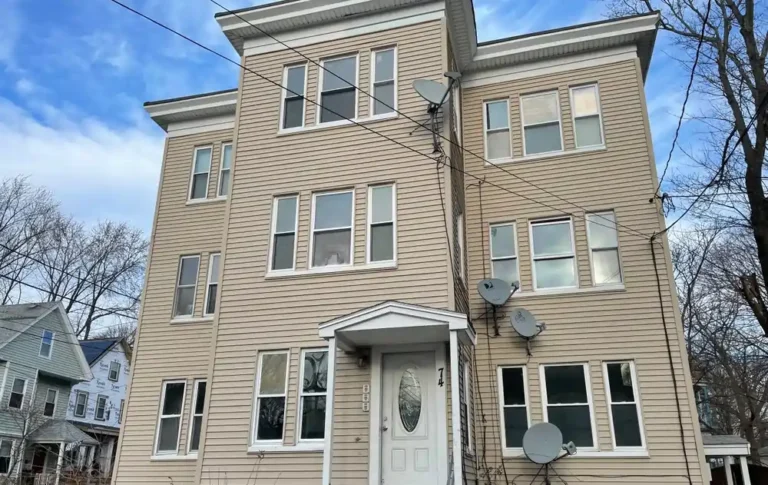19 Sep Neurological Effects of Alcohol: Impact of Alcohol on the Brian

According to a 2017 review, muscle myopathy is common in alcohol use disorder. In addition, about 40 to 60 percent of people who experience chronic alcohol misuse also experience alcohol-related myopathy. This condition can be acute, affecting people for a short period of time before resolving, or chronic, lasting for a longer period of time. Alcoholic neuropathy damages the nerves due to prolonged and excessive alcohol consumption. This damage prevents the nerves from communicating information from one body area to another. This condition is typically not life-threatening, but the nerve damage from alcoholic neuropathy is usually permanent.
Symptoms
The majority of patients were middle-class, working men, and continuous drinkers were more affected than episodic drinkers. Women are more likely to develop alcohol polyneuropathy and suffer from a more rapid onset and greater severity. What about some home remedy options or alcoholic neuropathy vitamins — do they exist? Home remedies like gentle exercise, warm baths, and maintaining a balanced diet can help manage alcoholic neuropathy symptoms. Vitamins such as B1 (thiamine), B12, and folate are essential for nerve health and may support recovery, especially when combined with reducing or stopping alcohol intake.
Can alcohol cause pain in your feet?
Nine studies reported EMG findings in alcohol-related peripheral neuropathy patients. Reduced recruitment pattern of motor units was a frequently reported outcome 16, 28, 67, 70. Active denervation (presence of positive waves and fibrillations) was also present in the majority of patients. The prevalence of denervation findings on EMG ranged from muscle to muscle, with the highest being in the muscles of the lower limbs suggesting a length-dependent pattern 35, 45, 52, 59.

Alcohol-related peripheral neuropathy: a systematic review and meta-analysis
In total, 585 papers did not meet the inclusion/exclusion criteria and were excluded. By scanning the reference lists of included studies, an additional 4 papers were identified. This study is reported in accordance with the preferred reporting items for systematic reviews and meta-analysis (PRISMA) guidelines 7.
- Medical News Today publishes that medical procedures and therapies, medications, and adjunctive and alternative therapies are commonly used to treat alcoholic polyneuropathy.
- By determining the minimum force required to elicit a withdrawal response, the researchers could assess the severity of allodynia.
- In general, it takes years for alcoholic neuropathy to develop, so a long-standing history of heavy alcohol use is typical.
No patients with grade III (severe sensory impairment, absent reflexes, foot drop, muscle wasting) neuropathy showed clinical improvement over the 4-week period, but 4/8 did show an improvement over 3–6 months. Amongst those who did not respond to thiamine, two patients with grade I neuropathy and one with grade II responded with the correction of low circulating nicotinic acid. One patient with grade I neuropathy responded with the correction of low pantothenic acid. One patient with grade III neuropathy responded with the correction of low circulating vitamin B6. This study showed that as well as thiamine replacement, corrections of low circulating levels of nicotinic acid, pantothenic acid and vitamin B6 can result in an improvement of alcohol-related peripheral neuropathies.
- In someone with alcohol use disorder who may consistently consume large amounts of alcohol, the chronic effect of alcohol on nerves can lead to permanent damage.
- The goal of treatment is to impede further damage to the peripheral nerves while also restoring their normal physiology.
- Even though much research was done in this area, still we do not have a full understanding of the mechanism of alcoholic neuropathy.
- Alcoholic neuropathy is a debilitating condition resulting from prolonged excessive alcohol consumption, leading to nerve damage throughout the body.
ALN Pathophysiology

These findings constitute direct evidence that spinal PKC plays a substantial role in the development and maintenance of an ethanol-dependent neuropathic pain-like state in rats. Behse & Buchthal 31 compared 37 Danish patients with alcoholic neuropathy with six patients with nonalcoholic post gastrectomy polyneuropathy. The authors noted that Danish beer at the time of the study contained thiamine and vitamin B6. Thus, deficiency of these vitamins was felt to be unlikely in Danish beer drinkers at that time and, indeed, measured vitamin concentrations were mostly normal. Clinical features of neuropathies in the alcoholic and post gastrectomy patients were similar. These two groups, however, were distinct from the standpoint that nerve conduction velocities were slower and sural nerve biopsy specimens revealed more segmental demyelination in the post gastrectomy group.
- Treatment of ALN aims to reduce further damage to the peripheral nerves and restore their normal functioning.
- Dr. Roberto and her team are continuing to investigate how the inflammatory proteins identified in this study might be used to diagnose or treat alcohol-related chronic pain conditions.
- Protein kinase C (PKC) is a family of protein kinases consisting of approximately 10 isozymes.
- These relationships make chronic alcoholism a risk factor for thiamine deficiency.

The best way to avoid the issue is to limit alcoholic consumption to 2 or fewer drinks per day for males and 1 or fewer for females. A doctor may suggest an inpatient detox when a person’s alcohol use disorder is very severe. They may also recommend other options, such as medications for alcohol neuropathy from drinking reduction or cessation maintenance, support groups, and psychotherapy. Treatment for alcoholic neuropathy first focuses on stopping or significantly reducing alcohol intake. Another prominent effect of alcoholic neuropathy involves painful and uncomfortable sensations.

Licenced & Certified by the State Department of Health Care Services
Hawley et al. followed up 11 patients with alcohol-related neuropathy who were abstinent from alcohol and who had begun to consume a normal diet 67. This identified improvement in sensory symptoms within a few days and a clinical improvement in strength over a period of weeks to months, but in up to 2 years in the most severe cases. There was not however, complete resolution of symmetric neuropathy with persistent mild loss of vibration sense or pinprick sensation in the feet or loss of ankle tendon reflexes.


No Comments